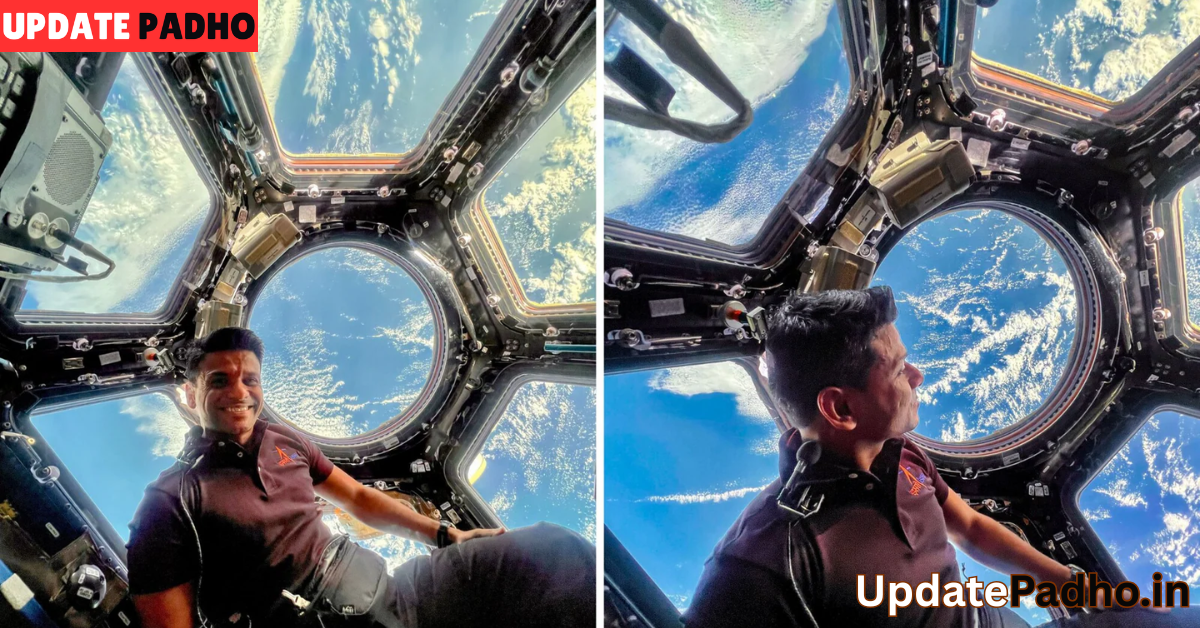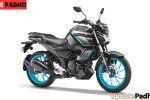High above the Earth, orbiting at more than 400 kilometers (250 miles) above the surface, the International Space Station (ISS) serves as humanity’s permanent outpost in space. Among its various modules and scientific equipment, one stands out not only for its functionality but also for its breathtaking views: the Cupola. Often referred to as the ISS’s “window to the world,” the Cupola is a unique observation and control module that offers astronauts an unparalleled panoramic view of space and Earth.
What Is the Cupola?
The Cupola is an ESA (European Space Agency)-built module attached to the ISS. It was launched aboard Space Shuttle Endeavour on the STS-130 mission in February 2010. Designed primarily as an observation post for Earth and a worksite for operating the station’s robotic arm, the Cupola has since become one of the most iconic and beloved areas aboard the ISS.
Structurally, the Cupola is a dome-shaped module made of aluminum and steel, with seven windows: six around the sides and one on top. Each window is fitted with a protective shutter to shield the glass from micrometeoroid impacts and the harsh radiation of space when not in use. The large central window is the biggest ever used in space, measuring 80 cm (31.5 inches) in diameter.
Engineering Marvel in Orbit
Building a module with multiple windows designed to withstand the vacuum and temperature extremes of space was no small feat. The windows are made from fused silica and borosilicate glass, layered for strength and protection. The glass must resist pressure differentials, radiation, and space debris impacts while providing optical clarity.
The Cupola was originally intended to be mounted on Node 3, also known as Tranquility, which houses life-support and exercise equipment. Once installed, it was connected to the station’s systems and quickly became a favorite spot for astronauts.
Purpose Beyond the View
Although famous for its spectacular visuals, the Cupola’s primary role is functional. It provides astronauts with direct line-of-sight views during spacewalks, spacecraft dockings, and the operation of the Canadarm2, the ISS’s robotic arm. Before the Cupola, astronauts had to rely on camera feeds to control the arm—less than ideal for precision tasks.
With the Cupola, astronauts can more easily manipulate the arm to capture visiting cargo spacecraft like SpaceX’s Dragon or Northrop Grumman’s Cygnus. This visual access makes docking and maneuvering safer and more efficient.
The Cupola also helps astronauts monitor Earth-based weather patterns, environmental changes, and natural disasters. Crewmembers frequently photograph storms, wildfires, and other events from orbit, contributing to real-time science and humanitarian responses.
Humanizing Spaceflight
Beyond its functional uses, the Cupola has become a symbol of the human experience in space. It is a favorite location for astronauts seeking a moment of calm reflection, a reminder of their connection to Earth, and a place to escape the often confined and sterile environment of the ISS.
Astronauts frequently describe the emotional impact of gazing down at Earth from the Cupola. Seeing continents, oceans, and clouds drifting by at 28,000 kilometers per hour (17,500 mph) provides a perspective few people ever experience. The phenomenon is often referred to as the “Overview Effect”—a cognitive shift in awareness caused by viewing the planet from space.
Many of the iconic images shared by astronauts on social media come from the Cupola. These photos and time-lapses have inspired millions, helping to popularize space exploration and science.
Challenges and Maintenance
Like all parts of the ISS, the Cupola requires ongoing maintenance. Its shutters are routinely opened and closed to protect the glass, and its seals and electronics are regularly checked. Over time, micrometeoroid impacts can cause tiny chips or pits in the windows, but so far, the module has held up remarkably well to the harsh conditions of low Earth orbit.
In the future, as new space stations are planned—whether in Earth orbit, lunar orbit, or beyond—it’s likely that Cupola-style observation modules will remain a valued feature.
A Legacy of Perspective
The Cupola represents a fusion of engineering and emotion—a tool designed for precision that delivers awe. It reminds us that space exploration is not just about data and machinery but also about human curiosity, reflection, and wonder.
As we move toward a new era of space travel, the Cupola remains a symbol of how we look back at our planet and forward toward the stars. From its seven windows, astronauts see not just the Earth, but also humanity’s place in the cosmos.



